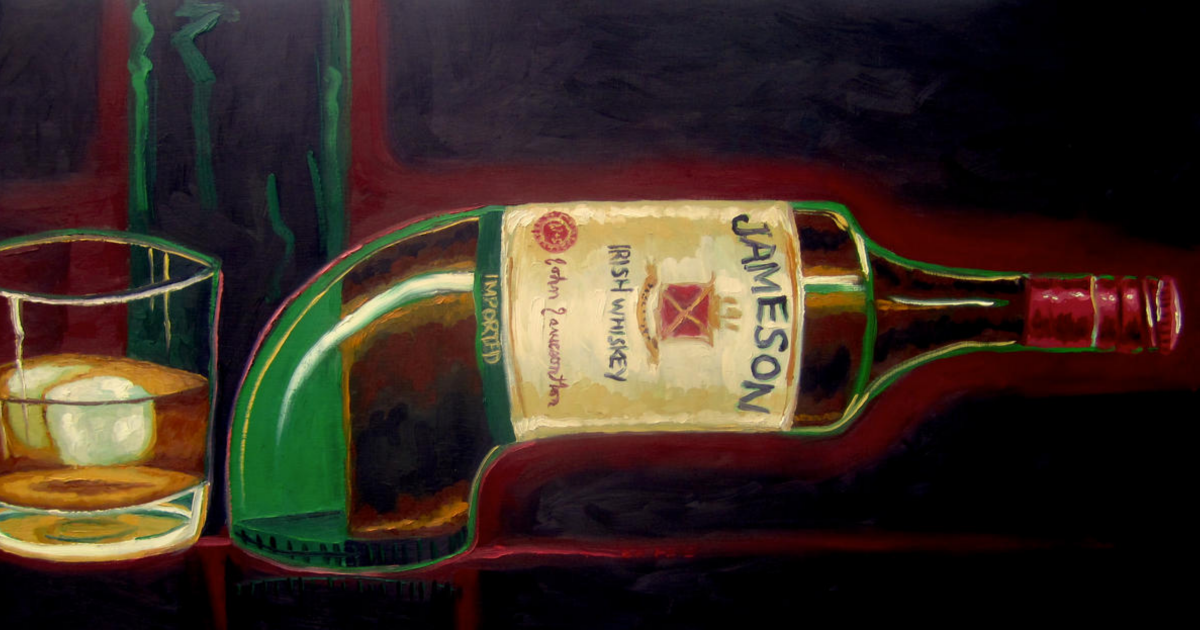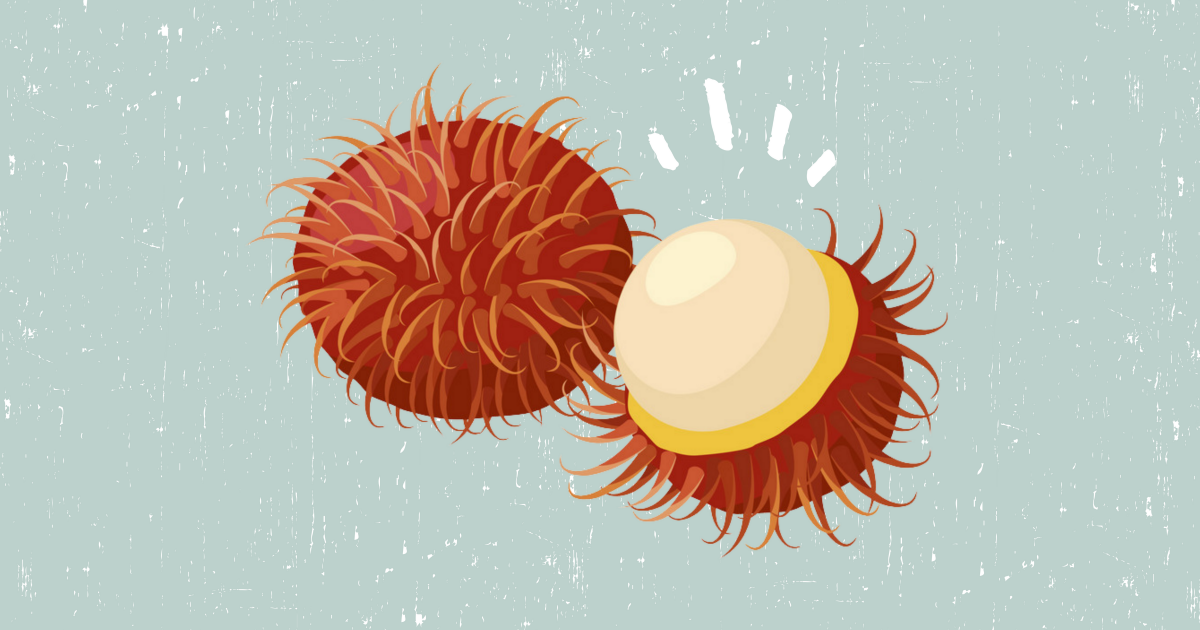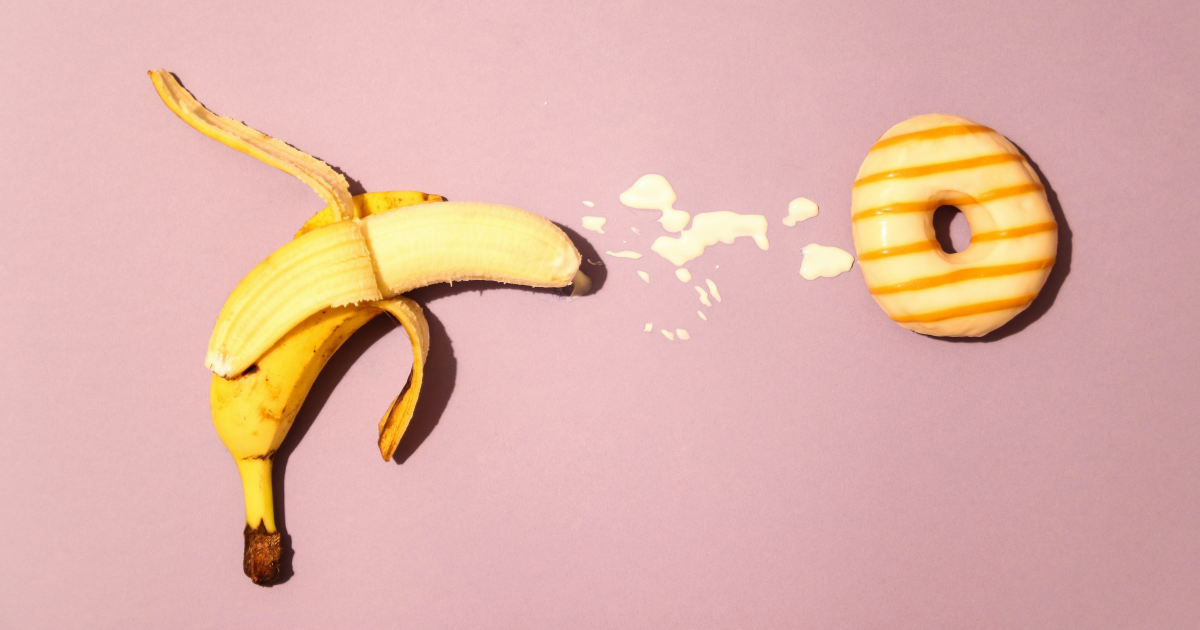Many men find that as the sun rises, so do their dicks. This phenomenon is normal and often known as “morning boner”, or more scientifically, “nocturnal penile tumescence”. But what if your penis is still dozing when you’re up? Should this be a cause for concern?
What is Morning Boner?
Morning boner, scientifically termed as “nocturnal penile tumescence (NPT)” or “involuntary sleep-related erections (SREs)”, refers to when a male wakes up to an erect penis. This occurs in men of all ages, although it is most common among younger men. In fact, infants and children experience it too. What’s even more surprising and interesting is that even male fetuses in the womb get erections!
A healthy man is estimated to experience between 3 to 5 erections during a full night’s sleep (8 hours), with each erection lasting for 25 to 35 minutes. These erections occur during a sleep stage known as Rapid Eye Movement (REM) sleep, which is the period when dreams occur. The morning boner that you experience right after waking up is the last erection in the series of night-time erections.
What Causes Morning Boner?
While scientists have yet to come to an exact conclusion on what causes the morning boner, much evidence points to an interplay of three phenomenons – testosterone production, mental relaxation and physical stimulation.
1. Testosterone production
What is testosterone?
As most of you will already know, testosterone is the primary male sex hormone. It plays a key role in the sexual development of men. Some of its functions are listed below:
- Regulates sex drive or libido
- Controls sperm production
- Responsible for the growth and development of the testes, penis, and prostate gland
- Responsible for the development and maintenance of secondary male sexual characteristics, causing an increase in height, and body and pubic hair as boys transition to men during puberty
Testosterone levels are highest during sleep
So, what happens to testosterone levels through the night? When you fall asleep, testosterone levels rise, peaking when you transition from non-REM sleep to REM sleep state. After this, your testosterone levels remain consistently high throughout the night, including right after you wake up in the morning. The rise in testosterone levels itself may be enough to achieve an erection.
2. Mental relaxation
A brief overview of corticosteroid hormones
Everyone experiences an adrenaline rush at some point in their lives. But what exactly is adrenaline? Well, it belongs to a group of hormones known as corticosteroids. These hormones are known for their function in producing fight-or-flight responses during times of stress or when you find yourself coming face to face with a threatening situation – be it rushing your work at the eleventh hour to meet a deadline, watching a horror movie or when you’re on a roller coaster.
Corticosteroid hormones levels fluctuate according to your sleep-wake cycle
When you’re awake, your body naturally produces corticosteroid hormones, including adrenaline. These hormones constrict your blood vessels to the penis. Consequently, less blood reaches your penis, keeping your penis in a flaccid state for most periods of the day.
However, during sleep, your brain relaxes. As a result, fewer corticosteroid hormones are produced, allowing more blood to flow to your penis. This, partnered with the rise in testosterone levels as aforementioned, helps make night-time erections possible.
3. Physical stimulation
Last but not least, your morning boner can be a result of physical stimulation throughout the night. While you’re asleep, you or your partner may unknowingly touch your genitals. Your body picks up this stimulation and develops an erection in response. Even the slightest graze from your pillow or bolster can induce this response.
What Does NOT Cause your Morning Boner
Contrary to popular beliefs, racy dreams don’t cause your morning boner. Erections are a normal part of REM sleep in males, regardless of the contents of one’s dreams. Neither are night-time erections related to whether you had sex before going to bed or how full your bladder is.
Your Morning Boner Indicates Good Health
Frequently waking up to a morning glory is a green flag that you’re generally healthy. It indicates that your heart, circulatory system and nervous system are in good condition. Moreover, it also indicates that your body is physiologically capable of getting and maintaining an erection. In other words, frequently getting your morning boner puts you at lower risk of physiological erectile dysfunction (ED).
What Does It Mean If You Have No Morning Boner?
If your penis still snoozing even after you’ve awakened, it may or may not be a cause for concern.
1. Age and declining testosterone levels
Firstly, testosterone levels decrease as one becomes older, especially between the ages of 40 and 50. Thus, it’s normal for older men to have fewer morning erections compared to their youthful counterparts.
With that being said, if you’re an older man who has noticed a lack of morning boners, don’t panic about ED just yet. A study has shown that a lack of night-time boners in older men does not correlate with the inability to achieve waking erections, which means that older men can still have healthy and firm erections during normal sex.
2. Waking up at the “wrong time”
It’s okay to not wake up with a morning boner occasionally, even if you’re young and healthy. On most mornings, you wake up at the end of a REM cycle, which explains your morning erections. However, you may also wake up at different points in your sleep cycle, such as when you’re not in REM sleep. This is especially likely if you use an alarm to wake up in the morning.
3. Underlying medical conditions or medicines
Besides the generally harmless reasons mentioned above, your missing morning boner may be a sign of something more serious if it occurs frequently. This can be a red flag that you have an underlying medical condition and/or physical ED.
Physical ED can be due to many medical conditions. These conditions work against your penis by blocking blood and nerve supply to your penis in one way or another, which is required for an erection. Some of the common medical conditions include:
- High blood pressure
- High cholesterol
- Diabetes
- Overweight or obese
- Testosterone deficiency
Furthermore, certain medications also have a role to play in preventing your member from standing in the morning. In particular, painkillers and antidepressants are common culprits of a flaccid morning penis.
4. Poor sleep quality
A study published by The Journal Of Sexual Medication also revealed that a man’s sleep quality can affect how often he experiences night-time erections and morning boners. Your sleep quality determines how many sleep cycles you undergo, which correlates to the number of night-time erections you will have. Essentially, having poor sleep quality means that you will undergo the REM stage of sleep fewer times, leading to fewer night-time erections and a lower probability of you waking up with an erection.
Test Yourself with Postage Stamps
Yeap, you read that right. If you aren’t getting morning boners and are unsure if you’re getting night-time erections, you can use postage stamps to help you. This is known as the nocturnal penile tumescence (NPT) stamp test, or simply the postage stamp test, and it is to be carried out over 3 consecutive nights.
This test is easy to perform and doesn’t require any pesky, expensive and complicated equipment. All you need are a few postage stamps (the denominations of your stamps don’t matter) with perforated edges. If you aren’t sure what that means, stamps with perforated edges are connected by a row of small holes that allow them to be easily torn apart from each other.
How it works
- Get a strip of 4 to 6 stamps per night.
- Wrap the strip of stamps around the shaft of your penis. Make sure the strip of stamps is long enough so that the first and last stamps overlap. Moisten the top stamp and seal it over the bottom one, or use adhesive tape.
- During an erection, not only does the penis become longer, but it also becomes thicker.
- Check the strip of stamps in the morning after you wake up. If the perforations between the stamps are torn, it signals that you had at least one night-time erection.
Don’t have any perforated stamps lying around at home?
Don’t worry about that. You can always make your own perforated “stamps” with a strip of paper and scissors. Click here to watch a video on how to DIY your own perforated “stamps”.
Disclaimer
It is possible for a male to move around during sleep in a way that causes the perforations between the stamps to tear without having a night-time erection. This results in a false positive.
Also, while the postage stamp test may tell you whether you’re having night-time erections, it doesn’t reveal anything about their qualities and durations. Hence, if you suspect that you may have ED, we advise that you consult a doctor.
When to See a Doctor
1. Sudden loss of erectile function
Once again, not having a morning boner occasionally isn’t a cause for concern. However, if you notice a sudden decrease in the frequency of your morning boner, or if you can’t get or sustain an erection during sex, you should see a doctor about it.
2. Painful erections and/or erections that don’t go away
Usually, most morning boners will subside on their own within 30 minutes. However, if your morning boner is still standing for 1 hour or longer after awakening, or if it becomes painful, something may be wrong. Contact a doctor immediately.
Outlook
“People don’t ever realise that they take things for granted until it’s gone.” Indeed, not being greeted by the familiar morning boner upon awakening might come as a shock. While losing your morning boner occasionally is totally normal, especially as you age, losing it too often isn’t a good sign for your general and sexual health.
If you are concerned about ED, fill in a simple questionnaire to get over with the awkward questions. We’ll then connect you with one of our friendly doctors for an online video consultation, and if prescribed, we’ll deliver your medication right to your doorstep!
References
- Holland, K. (2018, September 17). What Causes Morning Wood? Healthline. https://www.healthline.com/health/mens-health/morning-wood.
- Youn, G. (2017). Why Do Healthy Men Experience Morning Erections? The Open Psychology Journal, 10(1), 49–54. https://doi.org/10.2174/1874350101710010049
- Sherer, D. M., Eggers, P. C., & Woods, J. R. (1990). In-utero fetal penile erection. Journal of Ultrasound in Medicine, 9(6), 371–371. https://doi.org/10.7863/jum.1990.9.6.371
- Schiavi, R. C., & Schreiner-Engel, P. (1988). Nocturnal Penile Tumescence in Healthy Aging Men. Journal of Gerontology, 43(5), 146–150. https://doi.org/10.1093/geronj/43.5.m146
- Zhang, Y., Chen, S., Ma, G., Lai, Y., Yang, X., Feng, J., Zang, Z., Qi, T., Wang, B., & Ye, L. (2018). 632 Consecutive nightly recordings are required for the accurate monitoring of nocturnal erections. The Journal of Sexual Medicine, 15(7), S367. https://doi.org/10.1016/j.jsxm.2018.04.539



